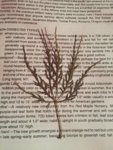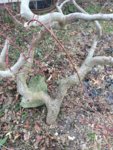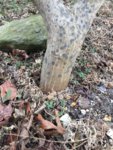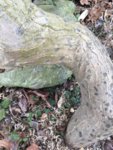GayGardenGuy
Seedling
Hey y’all. I have a bit of a dilemma here as to what I want to do with a tree. I’ve had a weeping maple growing in my front yard for many years and recently it gained about 13 feet in diameter and it kinda looked more like a bush than a tree. In a series of events including my house burning down and me worrying about the trees health. I cut it back quite hard last spring preparing to move it and it’s recovered quite well. Buds have popped up all over the trunk and last easons growth was quite strong. I really want to save the tree and possibly turn it into a bonsai but that might be quite difficult. The trunk is near 8 inches in diameter and I can’t imagine the root system is in any shape to be proud of. I’m also 100% sure it’s a grafted tree even though I see no graft point as my other Japanese maple planted at the same time is grafted. Possibly under the soil level. I’ve read that now is the best time to transplant a tree of that size. I’ll get some pics tomorrow and I’d love to hear what you think I should do.






